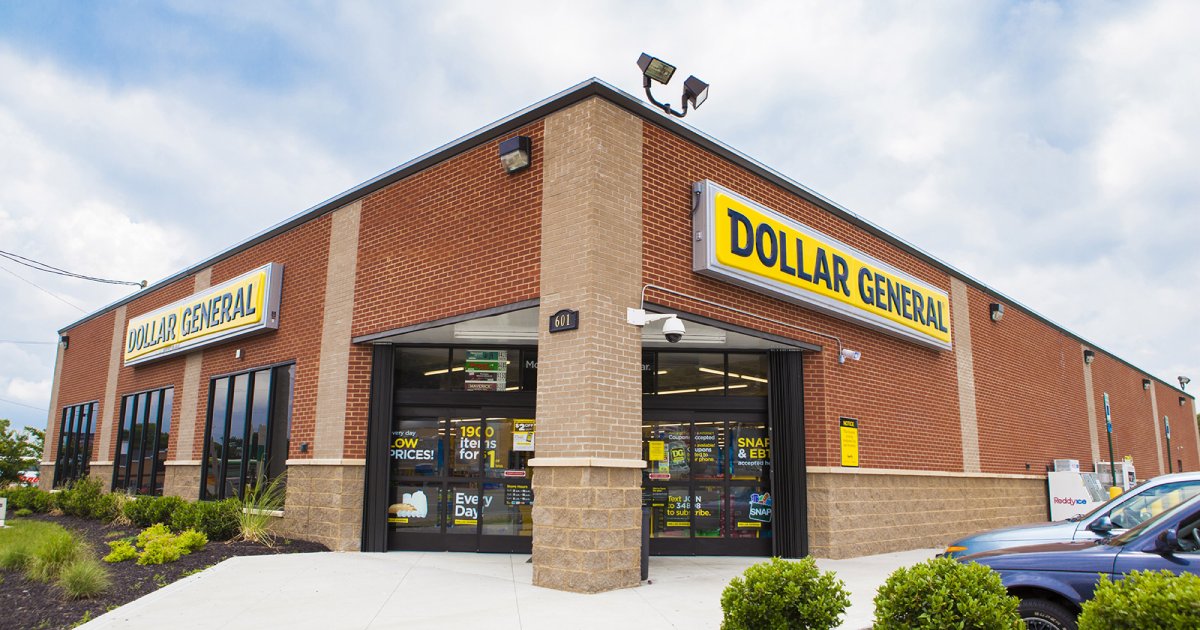Dollar Stores, Discounters Maintain Financial Forecasts

By Mark Seavy
As a growing number of retailers and consumer products companies pull or revise their financial forecasts for the year in the face of tariffs, discount and dollar chains are holding fast.
The lower prices of Dollar General, Dollar Tree, and Ollie’s Bargain Basement are proving attractive amid tighter consumer spending. These retailers are not immune to cost increases related to tariffs, however—Dollar Tree expects to incur $200 million in related costs this year, for example. In response, they are revamping their stores and their strategies to attract higher income customers.
Dollar Tree will operate 8,913 stores as it closes the sale of the Family Dollar chain (7,587 locations) to the private equity firms Brigade Capital & Macellum Capital this summer. Dollar Tree also added 2.6 million customers in Q1, a “major portion” of which had incomes of $100,000 or more, CEO Michael Creedon said.
At the same time, Dollar Tree is deploying a “3.0” format that has been adopted at about 500 locations thus far, which provides for wider aisles and better signage as part of a “multi-pricing” strategy ($1–$7). That’s a major change for a retailer that traditionally carried product priced at $1 or less. The average price at Dollar Tree is now $1.35, with 80% of the store’s inventory less than $2.
Dollar General, meanwhile, has focused on “Project Elevate,” which includes a product delivery service that has expanded to 3,000 stores, up from “several hundred” at the end of 2024, CEO Todd Vasos said. Dollar General has also added about 2,000 SKUs priced at $1 or less. A standard store carries about 12,000 SKUs, which means the lower priced items are packaged in smaller portions.
“DoorDash and delivery put incremental customers through the door and is attracting a new and diverse customer base,” Vasos said. “The smaller package size is exactly what the customer needs, especially at where they are in the economic cycle. Some CPG companies initially resisted, but they realized we were right all along.”
Despite tariff costs, Dollar General posted a 5.3% gain ($10.3 billion) in Q1 revenue on a 2.4% rise in same-store sales. The chain also raised its forecast for annual same-store sales to 1.5%-2.5% (up from from 1.2%-2.2%).
Dollar Tree, meanwhile, reported sales increased 1.3% ($4.63 billion) on a 5.4% jump in same-store sales. For the year, Dollar Tree projected a 3%-5% gain both in annual revenue ($18.5-$19.1 billion) and in same-store sales.
Ollie’s reported a 13.4% rise in Q1 revenue ($576.8 million) on a 2.6% increase in same-store sales. For the year, Ollie’s increased its same-store sales forecast to a 1.4%-2.2% increase from an earlier 1%-2%.
As they reported sales increases, the three retailers were moving to reduce their reliance on Chinese imports. Dollar General gets about 70% of its goods from China, while Dollar Tree is at 40%. Ollie’s, which relies heavily on buying close out goods and excess inventory, said Chinese imports account for 20% (down from 70% six years ago.) The imports are expected to hit 10% by year-end, CFO Robert Helm said. Ollie’s has benefitted in recent months from the closure or bankruptcies of several retailers, including The Container Store, Joann Fabric & Craft, Party City, and Big Lots, which made closeout inventory available.
“I think there’ll be even more product available as we move into the back half of the year related to some of what I consider supply chain disruption related to tariffs,” Ollie’s CEO Eric van der Valk said. “We’re buying more closeouts and reducing our reliance on Chinese imports. The considerable number of retail store closures over the past year has already resulted in strong deal flow and abandoned customers. This is only likely to increase going forward.”




